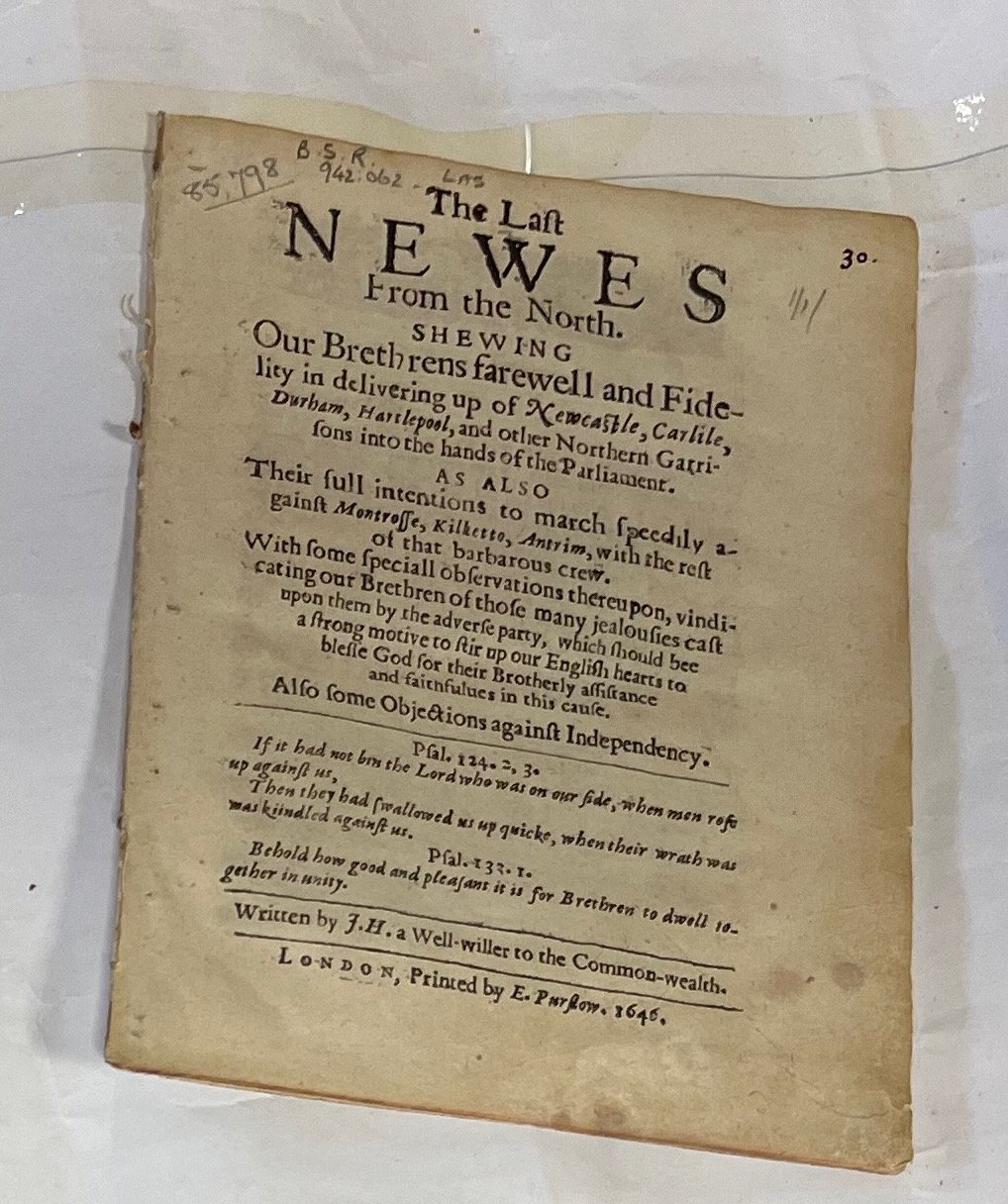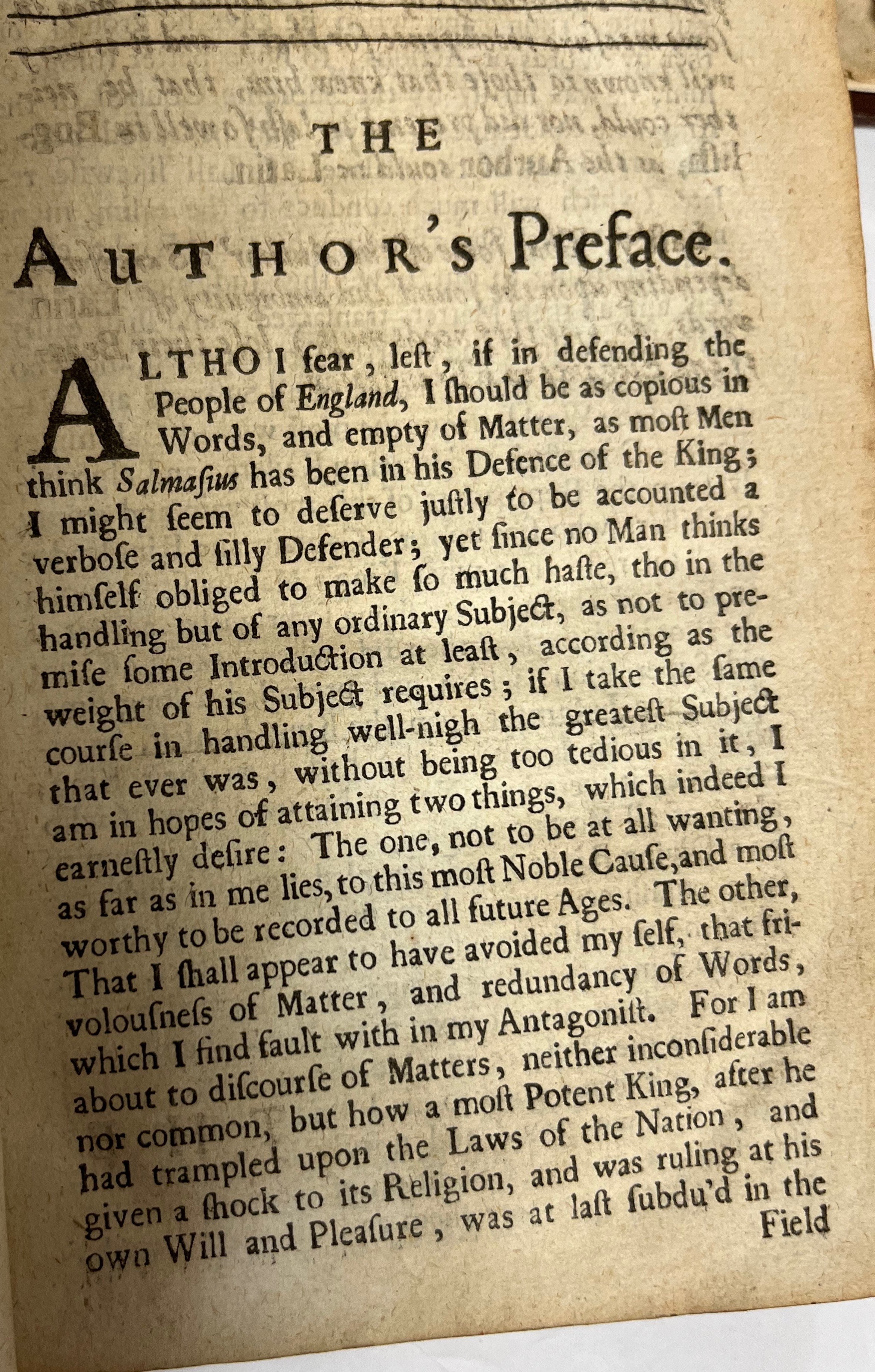‘Citizenship Education Undermines Strong Government.’
The poster used to advertise our workshop.
This was the provocative statement we used to attract participants to a workshop held at Newcastle University on Wednesday 17th January 2024. The weather forecast at the beginning of the week declared that temperatures would plummet that day but participants still travelled significant distances to attend and the warm room and stimulating discussion protected us from the cold outside.
The plan for the day. Image Harriet Palin.
We adopted an Open Spaces methodology for the workshop, facilitated by members of Newcastle University's Organisational Development team. This approach was perfect given the exploratory nature of the workshop and the fact that we were keen to learn from our participants - who included academics, school teachers, and members of charities and community groups such as the English Speaking Union and Education for Action. The methodology requires the participants to set the agenda rather than it being dictated by the organisers in advance. This makes for a slightly nerve-wracking start (I had to silence the feeling of not being properly prepared for the workshop) but ensures that the topics discussed resonate with those present. After a brief welcome and introduction, participants were invited to come up with their own questions or issues relating to the general theme. They were then given an opportunity briefly to present their proposals to the group before posting them on the Community Bulletin Board on the wall. Once everyone had had an opportunity to propose topics, participants visited the Bulletin Board and put their initials against the three or four topics they were most keen to discuss. There was then a frantic ten minutes in which those of us facilitating the workshop translated this into three sets of three parallel sessions, with the aim of ensuring that as many individuals as possible would have the opportunity to discuss their favoured topics. After that, we were off.
The agenda for the workshop compiled by our participants. Image Harriet Palin.
I attended sessions exploring: how history can inform citizenship; activism and innovative methods of political engagement; and the problem of misinformation now and in the past. The reflections that follow will therefore focus mainly on the discussions in those sessions, but I have also drawn on the report that each group presented to our final plenary discussion.
One of our biggest concerns in embarking on this project is how we demonstrate the value of historical research and teaching to citizenship education. Fortunately, the workshop participants not only shared this concern but also had some concrete proposals. History, it was suggested, enables us to understand why the world/our society/politics is how it is. It provides an explanation of how we got to where we are, while perhaps also indicating the paths not taken, and providing a foundation that allows us to identify current issues and offer directions for the future.
Participants also noted that history encourages critical and empathetic thinking. It reminds us that there is not just one perspective, but rather different interpretations of events. It encourages us to be sensitive to the viewpoints of others. Perhaps most importantly it reminds us to pay attention to the sources of our information. That does not mean dismissing a source on the grounds that it is 'biased', as some students seem to assume, but rather recognising that all sources are written from a particular perspective with certain aims and audiences in mind. Being aware of this allows us to make good use of the information each one provides and might also encourage us to think about how we can capture hidden voices by reading against the grain.
A second observation from the workshop is that, for some, the very notion of citizenship education can be an alienating concept. Those who are stateless, such as asylum seekers, may not feel like (or be treated as) citizens of the country in which they live. Moreover, in a system in which citizenship is often defined by voting, those who are unable or unwilling to vote can feel disenfranchised. The late eighteenth-century reformers I have been researching saw suffrage as the golden bullet solution to overturn the oppression of the poor and minority groups. They believed that giving people the vote (together with education) would end poverty and oppression. From the perspective of today, their view looks hopelessly naïve. We discussed the place of elections and voting within modern politics, considering whether they are essential to democracy or whether they are becoming less relevant.
The symbol of the cockerel used by Thomas Hollis. This version is taken from the copy of Henry Neville’s, Plato Redivivus, or a dialogue concerning government (London, 1763) held at the National Library of Scotland: ([Ad]. 7/1.8). Image credit: National Library of Scotland.
One participant argued that vigilance rather than voting should be seen as the safeguard of our democracy. This requires keeping watch over those in power and taking action when necessary, though, of course, people need the means to do so. Vigilance was an important concept for seventeenth- and eighteenth-century thinkers too. I immediately thought of the cockerel - a symbol used by Thomas Hollis to represent vigilance - which appeared very frequently on the covers of the books he distributed.
Participants explored a variety of other ways in which people can express their political views or take political action, many of which are also open to those who do not have the vote. People use music - writing and singing protest songs; clothing - in the outfits, badges, or accessories they wear; food - by providing nourishment; and community building - whether in-person or via social media. In focusing in particular on citizenship education in schools it was interesting to observe that these methods have long been adopted by teenagers themselves. We noted the continuity in alternative forms of activism including boycotts, strikes, and even attacks on works of art. We also acknowledged the new pathways opened up thanks to improved communications and especially social media.
Engaging in at least some of these activities requires having the confidence and skills to speak out, making Oracy another important theme. Some of the teachers among us noted the challenges involved in facilitating discussion and debate, especially when students come from different starting points and with different skill levels. The challenges are also heightened by the wider environment of culture wars. Some students can be put off by the notion that debate has to be combative and competitive. It was noted that this is a rather narrow understanding of debate. It need not be about winning an argument, but can be used to facilitate problem-solving or consensus-building.
Part of the problem here is that the way in which the UK political system is presented to the public (for example through Prime Minister's Questions) tends to emphasise the image of for and against arguments and confrontational point-scoring. This leads to more emphasis being placed in this country on debate as a means of persuading others. A Swiss colleague alerted me to the fact that in Switzerland the notion of 'persuasion' is viewed much more negatively, since their political system, which makes more use of referenda, depends on individual citizens making up their own minds not being persuaded by others. The challenge for educators in the UK is to decide whether we help students to present their arguments more effectively in order to persuade others or whether instead we introduce them to different modes of debate.
Linked to this is the idea that listening is as important as speaking. In particular it is important that we listen to views that are different from our own and are even willing to amend our own views on the basis of what we hear. Listening was recognised as an important skill in early modern times when sermons and speeches were key modes of communication (partly because not everyone was able to read fluently). Tapping into early modern discussions of how to develop the art of listening might provide another useful historical dimension to modern citizenship education. It was also suggested that we should bring speech and language therapists into our discussions for their up-to-date understanding of the issues involved in speaking and listening for the full range of students.
Behind all of our discussions lurked concerns about the limitations of resources (especially time and money) and the difficulties of having to work within the curriculum and in line with government guidelines. Our proposals for next steps were, therefore, shaped with these in mind. Increased collaboration is undoubtedly key and we hope to arrange some school visits by academics and perhaps even secondments or mini-fellowships for teachers to spend time in the University. In addition we want to think about how we can work more closely with other organisations, including the local Historical Association. By working together we hope to be able to share our knowledge and good practice. Our initial plans are two-fold. First we committed to meeting again in the spring to begin work on a curriculum audit, producing resources to embed citizenship education within the history curriculum. Secondly, we want to engage in a deeper investigation of policy in this area to inform our future actions and the resources we create. The Open Spaces methodology seems to have proved so successful that we set the agenda not just for this meeting, but for several to come.












